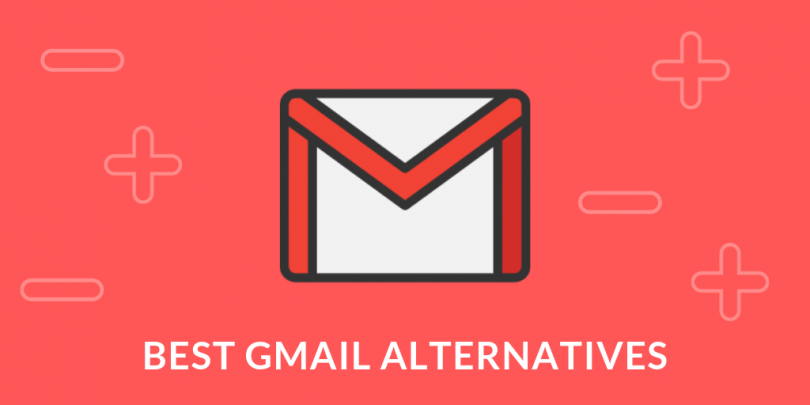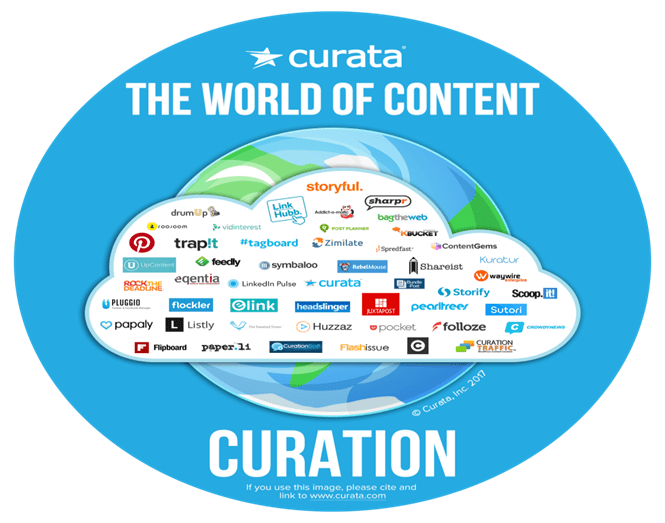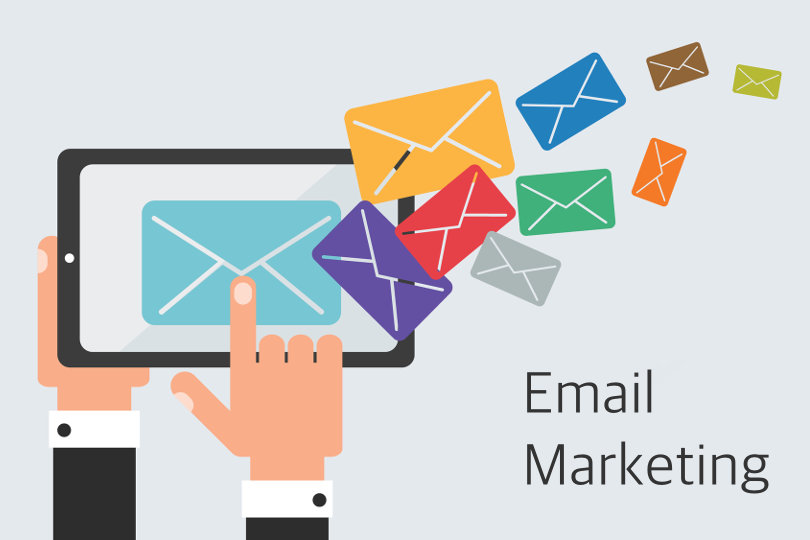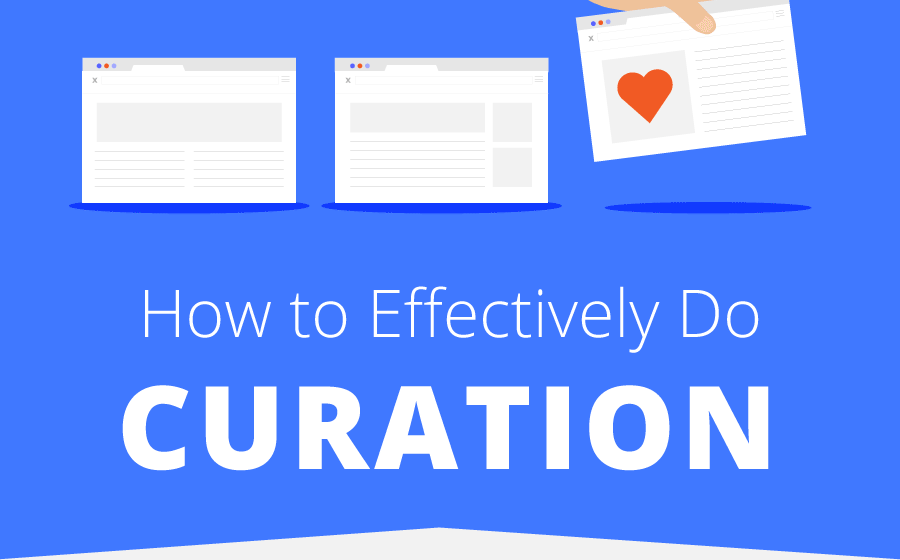
Archiving old emails that you do not wish to delete is an effective way to keep your Outlook mailbox manageable. Just as there are several methods for archiving emails in Outlook, there are numerous methods for retrieving those messages when you need them. Learn how to access archived emails in Outlook in the manner in which they were originally stored.
The information contained in this article is applicable to Outlook for Microsoft 365, Outlook 2019, Outlook 2016, Outlook 2013, and Outlook 2010.
Where to Look for the Archive Folder
If you have a Microsoft 365, Exchange, Exchange Online, or Outlook.com account, you already have an Archive folder, even if you’ve never used it. The folder is visible in the list of Outlook folders.
- Launch Outlook.
- Navigate to the View tab.
- In the Layout section, click Folder Pane, then select Normal from the drop-down list.
- The Archive folder should now be visible in the list of folders. Locate the archived message you require by opening the folder.
Missing Archive Folder
If you are using Outlook 365, Outlook 2019, or Outlook 2016, and you do not see the Archive folder, run an Outlook update.
- In Outlook, click the File tab.
- In the left pane, click Office Account.
- Navigate to Options > Update Now.
- Microsoft will check for and install any updates that are available. When the updates are complete, the Archive folder should be visible in the list of Outlook folders.
How to Access the Archive Folder in Outlook Online
If you have an Outlook Online email account, you can access the archive folder online.
- Launch Outlook and sign in with your Outlook email address.
- If the Outlook folders list is not visible, click the arrow next to Folders to expand it.
- In the left pane, under Folders, click Archive. Your archived emails will now be visible.
How to Locate Items in a Microsoft Outlook Data File (.pst)
If you use a POP or IMAP account or if you use AutoArchive with your Exchange server email account, your archived items may be stored in an Outlook data file, also known as a Personal Folders File (.pst). When the Personal Folders file is opened in Outlook, you can search for specific words or phrases.
- Launch Outlook and navigate to the File tab.
- In the left pane, click Open and Export.
- Click the Open Outlook Data File option. The dialog box labeled Open Outlook Data File will appear.
- Click OK after selecting the Outlook data file that you want to open.
In Windows 10, Windows 8, and Windows 7, Outlook data files are stored by default at drive:UsersusernameDocumentsOutlook Filesarchive.pst (the drive and user name will be specific to your system).
- In the navigation pane, click the arrow next to the Outlook data file to expand the top level and view the file’s subfolders. To view the contents of a subfolder, select it.







